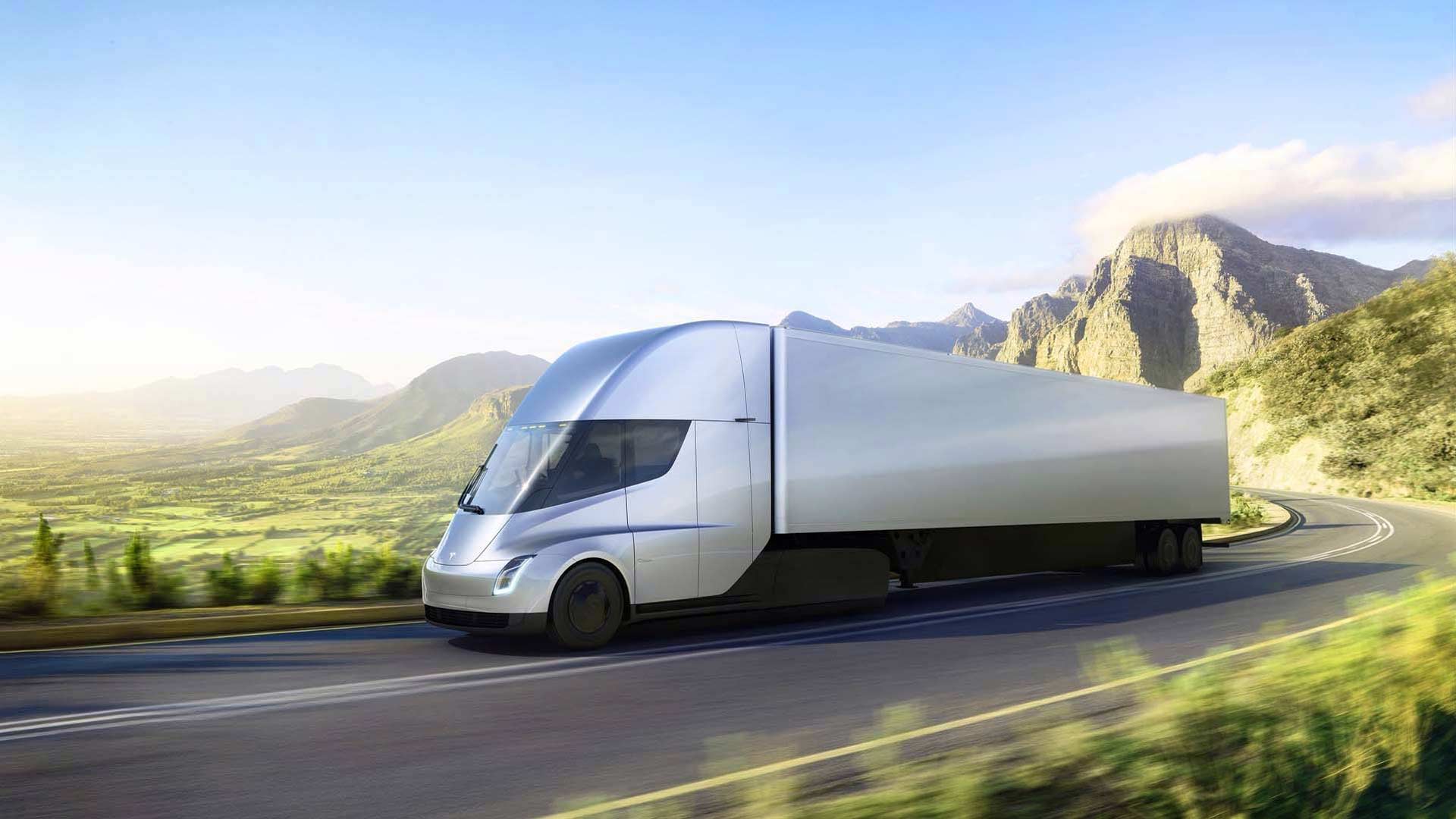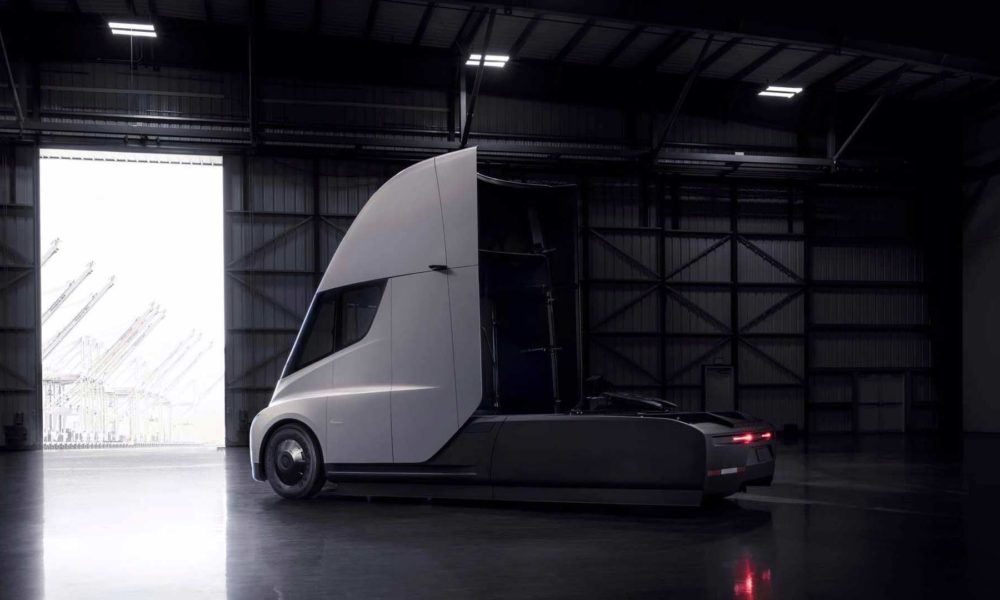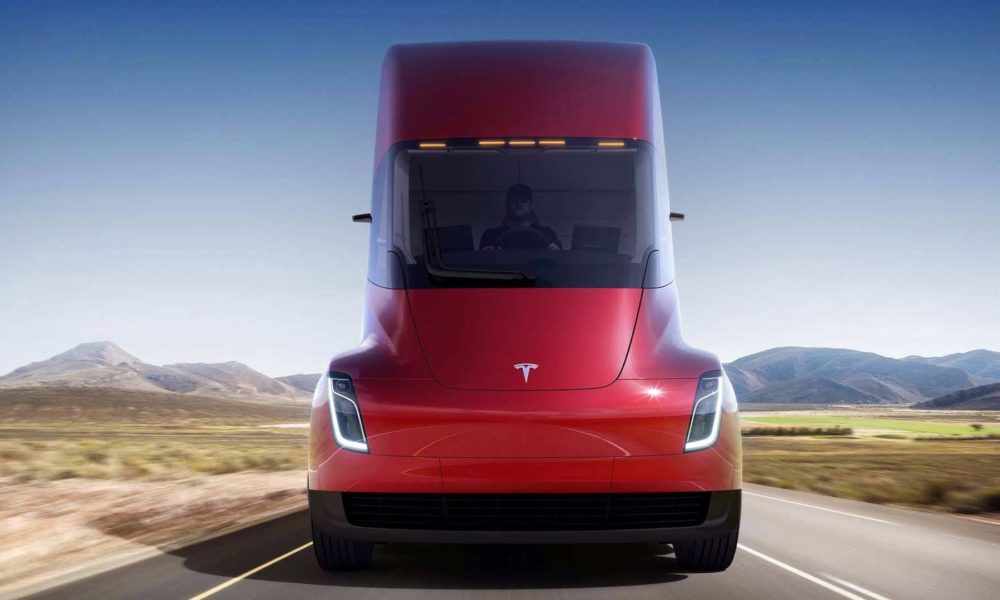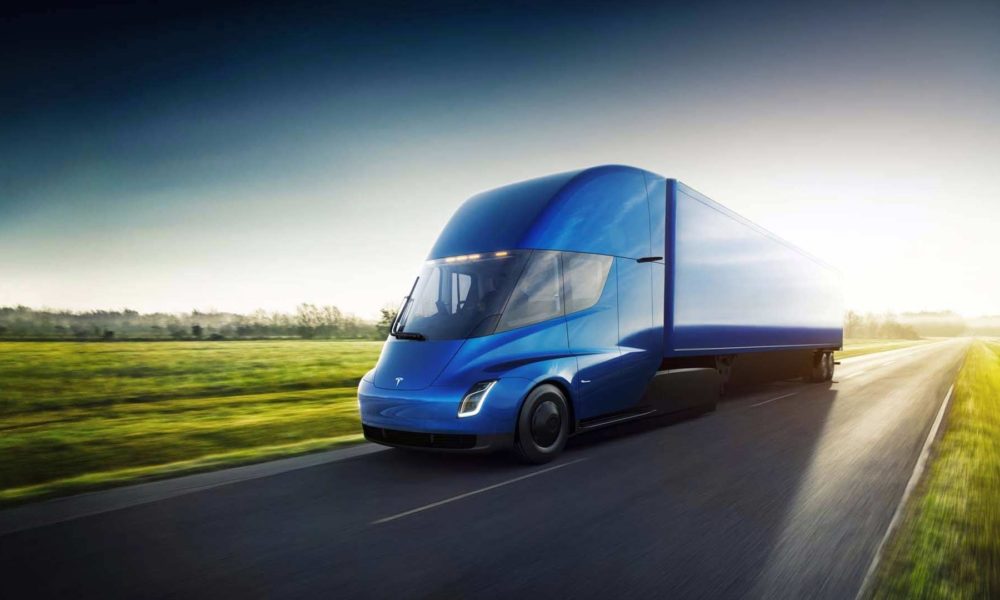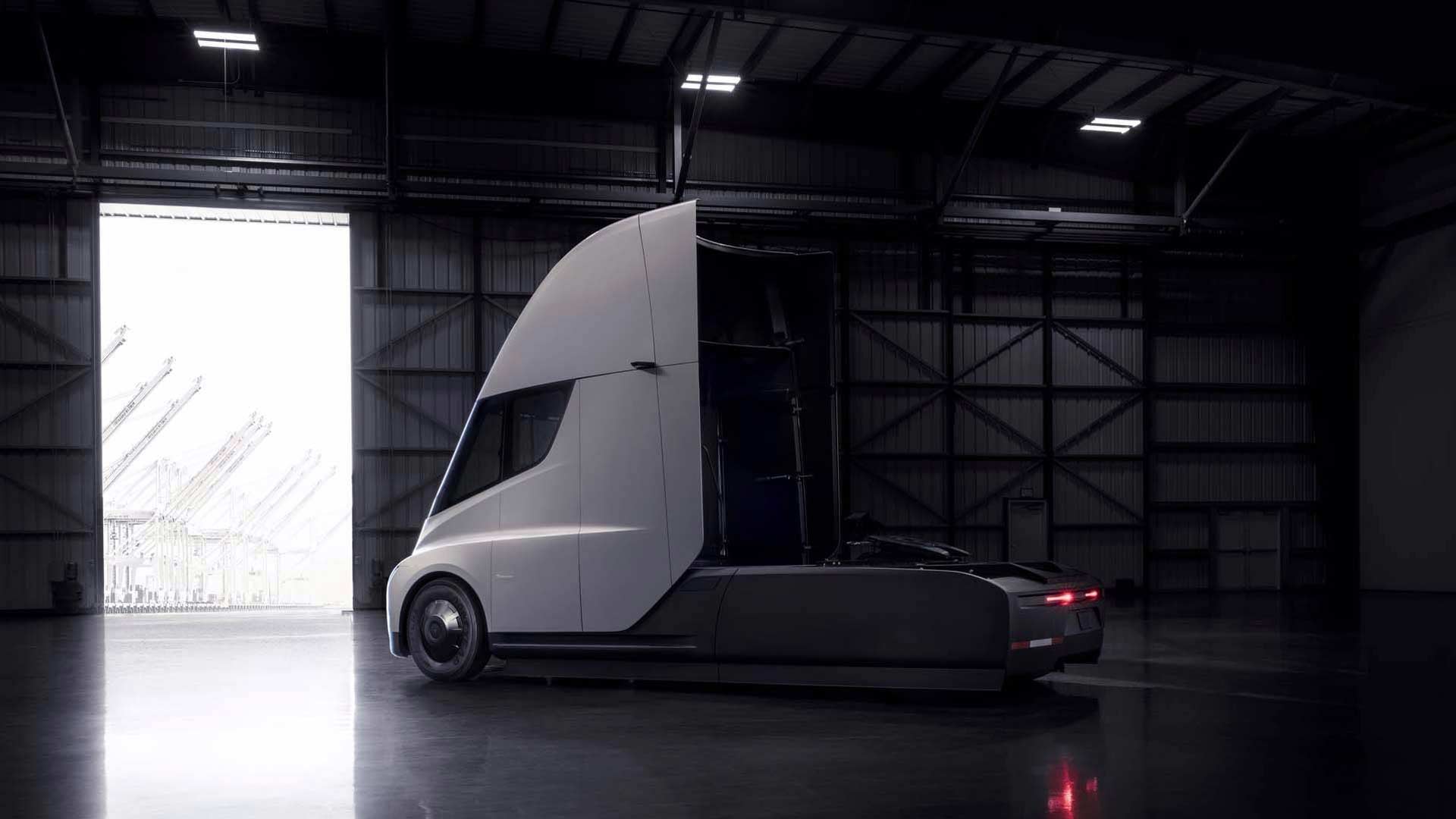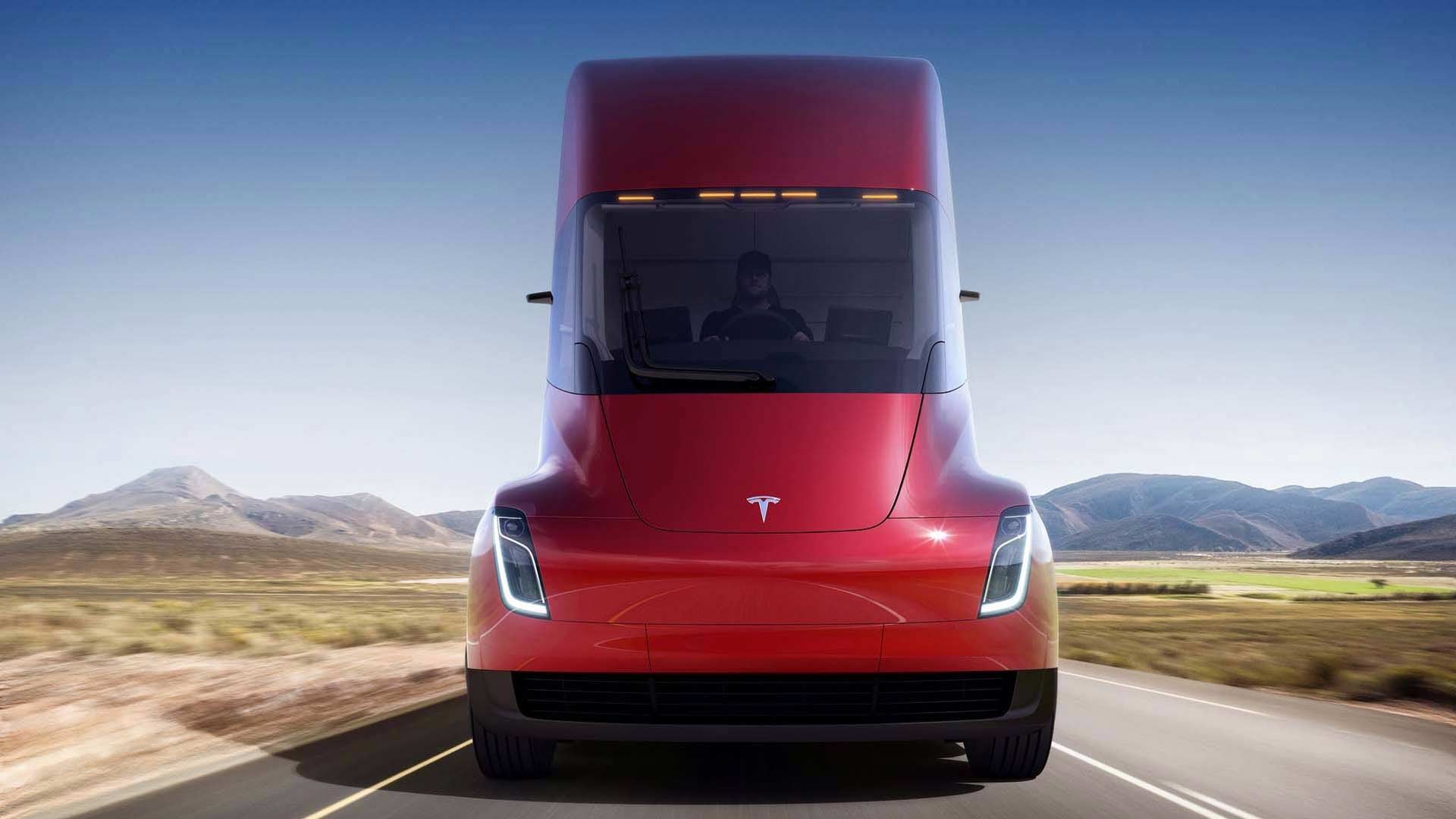The much-awaited Tesla Semi has been revealed with some really impressive claims, both in terms of performance and saving money.
Jumping straight to the performance, the Semi gets 4 independent motors on the rear axles. Now, we don’t know how much numbers they produce in total, but the truck can do 0-60 mph (97 km/h) in 5 seconds and with the 80,000 lbs (36,287 kg) load, it takes 20 seconds — a task that takes a diesel truck about a minute. Also, the Semi climbs 5% grades at a steady 65 mph (105 km/h), whereas a diesel truck maxes out at 45 mph (72 km/h) on a 5% grade.
Tesla says that the Semi’s regenerative braking recovers 98% of kinetic energy to the battery, giving it a basically infinite brake life.
During the presentation, Elon Musk compared the Semi’s aerodynamics to the Bugatti Chiron. While the Chiron has a drag coefficient of 0.38 Cd, the Semi has 0.36 Cd.

The Semi’s cockpit is minimalistic and places the driver at the centre. There are two touchscreen displays positioned symmetrically on both sides of the driver which provide access to navigation, blind spot monitoring, and electronic data logging. Built-in connectivity integrates directly with a fleet’s management system to support routing and scheduling, and remote monitoring. Diesel trucks today currently require several third party devices for similar functionality, Tesla said.
Safety
As for the safety features, the windshield is made of impact-resistant glass. The battery pack has an impact shield as well. Jackknifing is prevented due to the Semi’s onboard sensors that detect instability and react with positive or negative torque to each wheel while independently actuating all brakes. The surround cameras aid object detection and minimize blind spots, automatically alerting the driver to safety hazards and obstacles. With Enhanced Autopilot, the Semi features Automatic Emergency Braking, Automatic Lane Keeping, Lane Departure Warning, and event recording.
Tesla Semi can also travel in a convoy, where one or several Semi trucks will be able to autonomously follow a lead Semi.
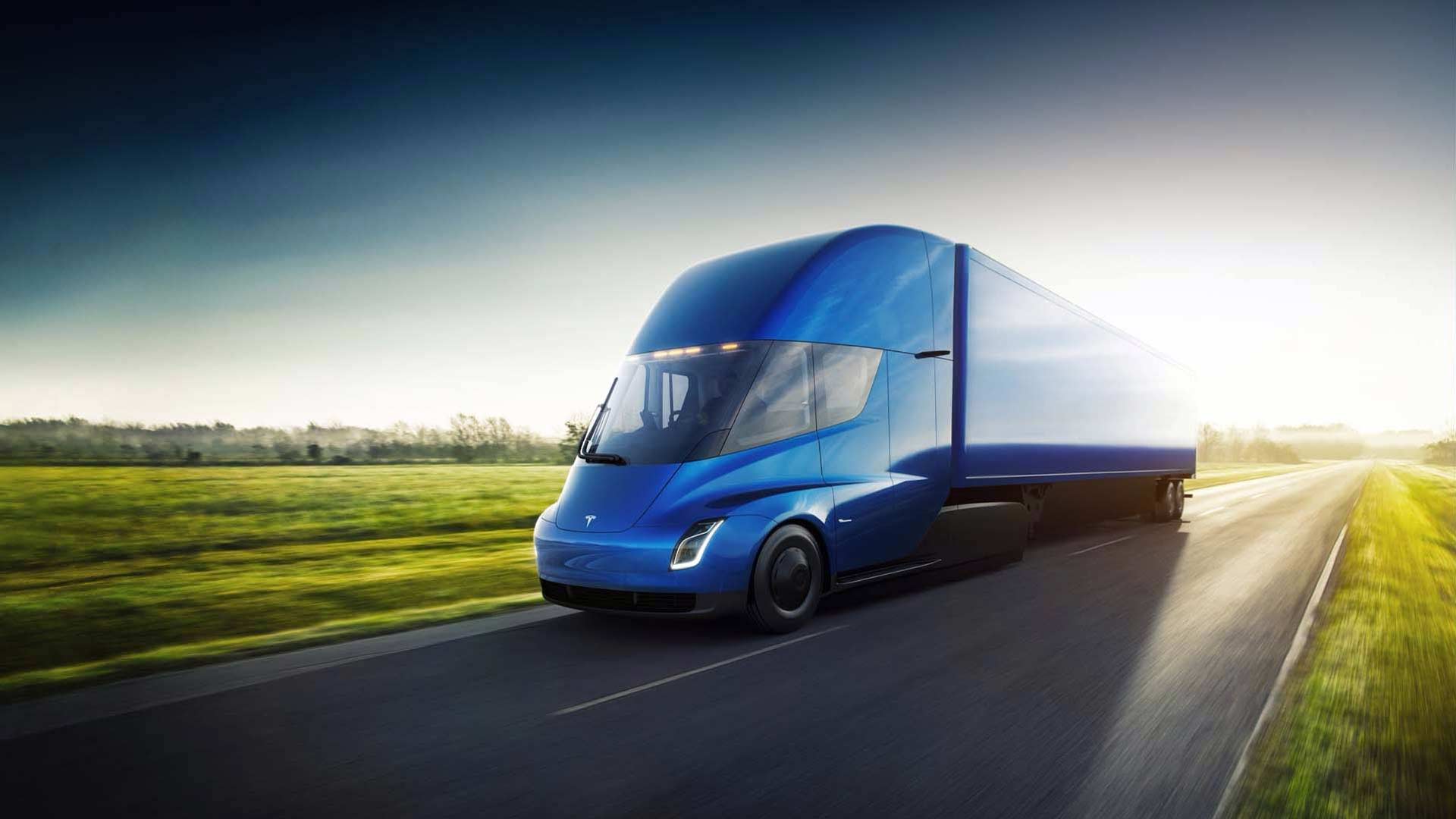
Cost of ownership
Moving on to the cost of ownership, Tesla said that the Semi consumes less than 2 kWh of energy per mile and is capable of 500 miles (805 km) of range at GVW and highway speed, accommodating a wide range of shipping applications given that nearly 80% of freight in the U.S. is moved less than 250 miles (402 km).
Coupled with the low and stable nature of electricity prices – which average $0.12/kWh in the U.S. and can be significantly less for commercial and industrial users, falling to almost nothing when combined with local solar generation and storage – owners can expect to gain $200,000 or more in savings over a million miles based on fuel costs alone, Tesla said.
As for the battery, it can support repeated charging cycles for over a million miles, while its motors are derived from the motors used in Model 3 and have been validated to last more than one million miles under the most demanding conditions, said the company.
Tesla plans for Megachargers, a new high-speed DC charging solution that will add about 400 miles (644 km) in 30 minutes.
Reservations for the Tesla Semi can be made for $5,000 per truck. Production expected in 2019.

Leave a Reply
Note: Comments that are unrelated to the post above get automatically filtered into the trash bin.
